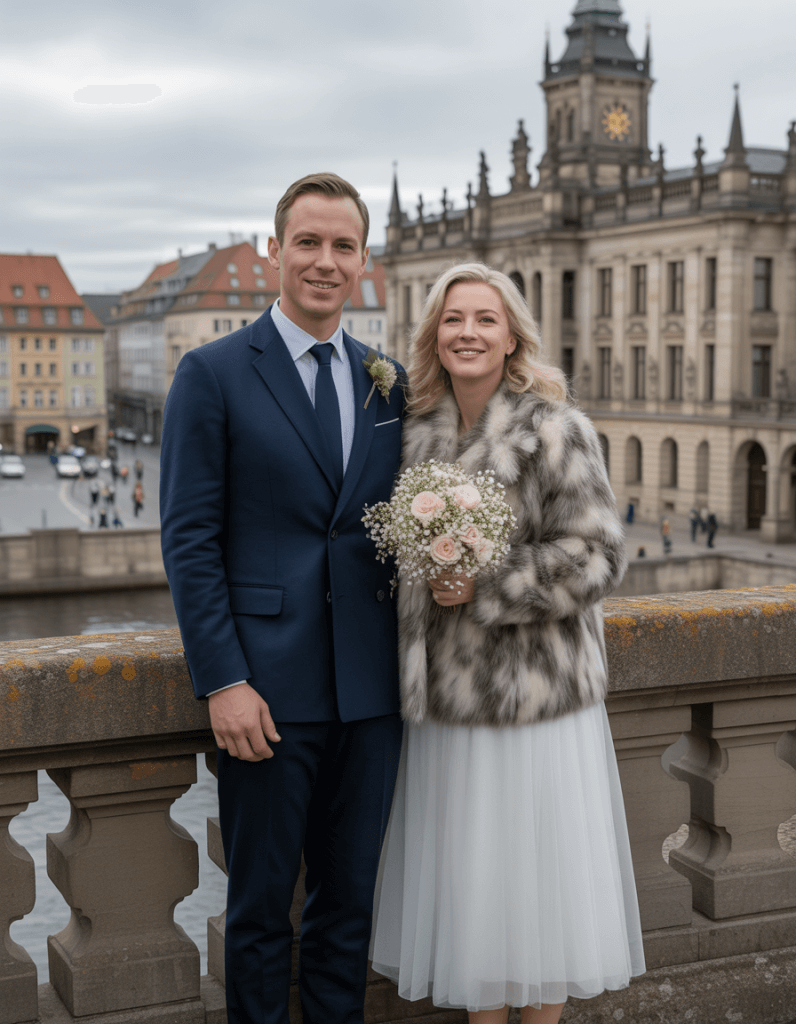Marriage is a fundamental social institution, forming the backbone of human relationships and societies. Over time, the ways people unite and commit to one another have evolved, giving rise to a variety of types of marriage. Understanding these can help couples navigate expectations, communication, and shared life goals more effectively.
1. Traditional Arranged Unions
In many cultures, marriage remains a traditional institution where families play a significant role in choosing a partner. These traditional arranged unions often prioritize compatibility in terms of social status, religion, and family values over romantic love. While some may assume that love is missing in these unions, many couples report developing deep affection and respect over time. Trust, commitment, and shared responsibilities are key elements that define these marriages.
2. Love Marriages
Love marriages focus on emotional connection and mutual attraction. Partners in this type of marriage often select each other based on personal compatibility and shared interests rather than family arrangements. Communication plays a vital role in sustaining these unions, as partners navigate differences in personality, goals, and expectations. Love marriages are common in cultures where individual choice is highly valued, allowing couples to form a bond based on mutual understanding and affection.
3. Modern Love Marriages
A subset of love marriages, modern love marriages often reflect contemporary values, including equality between partners and shared responsibilities. In these unions, couples may cohabit before marriage, actively negotiate their roles, and embrace more flexible approaches to relationship challenges. These marriages highlight the diversity of cultures and evolving ideas about what constitutes a successful partnership. Emotional intimacy, respect, and a willingness to adapt are central to the health of these relationships.
4. Common-Law and Cohabitation Marriages
In some countries, couples may live together without formal legal recognition, forming what is known as a common-law marriage. These unions provide many of the emotional and social benefits of traditional marriage while offering more autonomy and flexibility. Communication and trust are especially important in these relationships, as legal protections may differ from formal marriage.
5. Same-Sex Marriages
Same-sex marriages have gained recognition worldwide, reflecting growing acceptance and the expansion of marriage rights. These unions often face unique societal challenges but provide the same opportunities for love, commitment, and shared life goals as heterosexual marriages. Partners in same-sex marriages emphasize communication, mutual support, and equality to maintain a strong relationship.
6. Polygamous Marriages
Polygamy, though less common globally, involves one partner having multiple spouses. These types of marriage are often culturally or religiously sanctioned and can be structured in ways that prioritize fairness, shared responsibilities, and communication among all partners. Polygamous unions highlight the diversity of cultures and the range of human approaches to partnership.
Conclusione
The types of marriage reflect the variety of ways humans form lasting relationships. From traditional arranged unions to modern love marriages, each type comes with its own set of expectations, challenges, and rewards. Understanding the role of love, communication, and shared responsibilities can help couples create strong, fulfilling relationships, regardless of the form their marriage takes.
By exploring the diversity of marriage types, couples can make informed choices about their partners and navigate their relationships with empathy, respect, and commitment.













